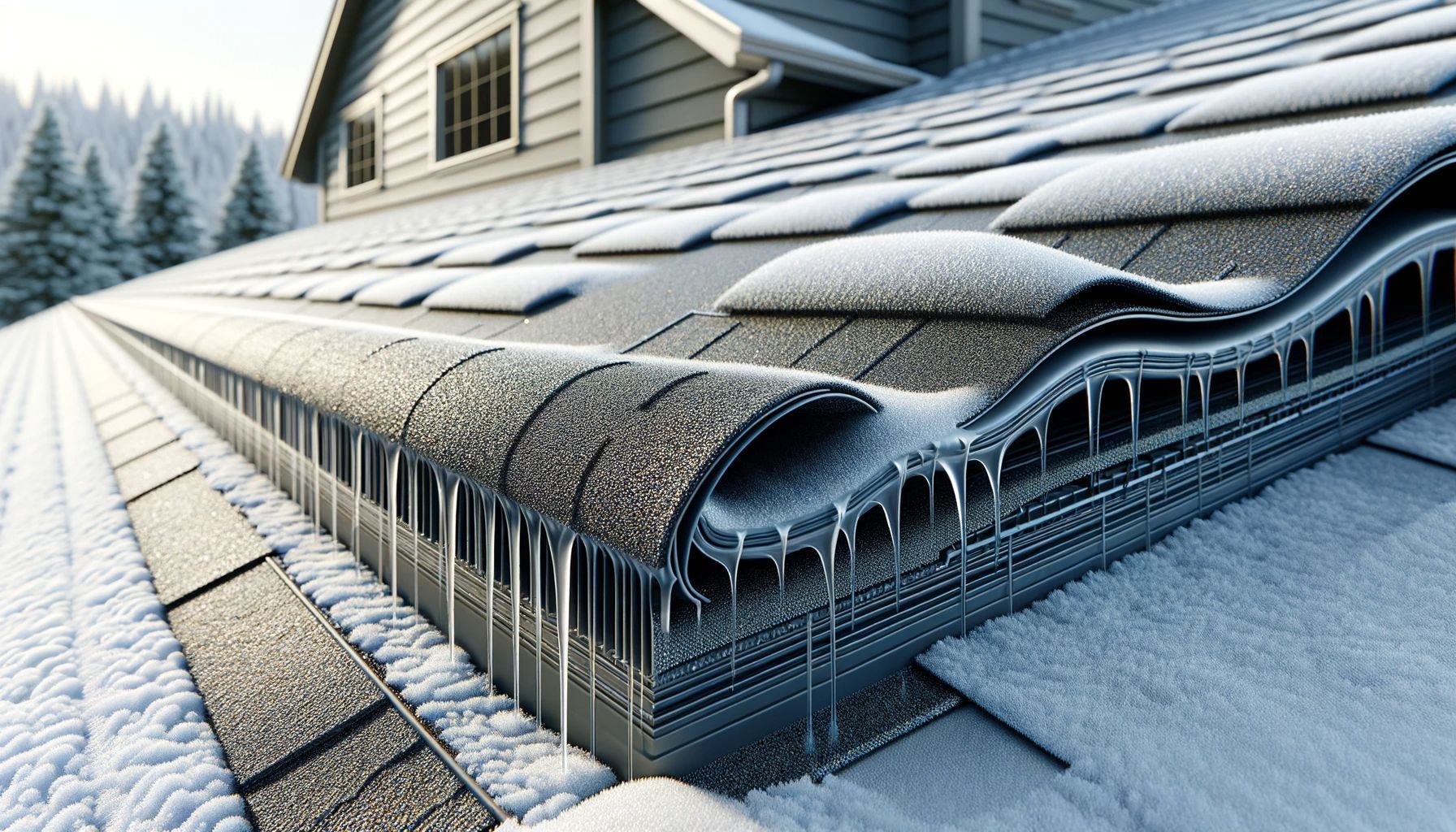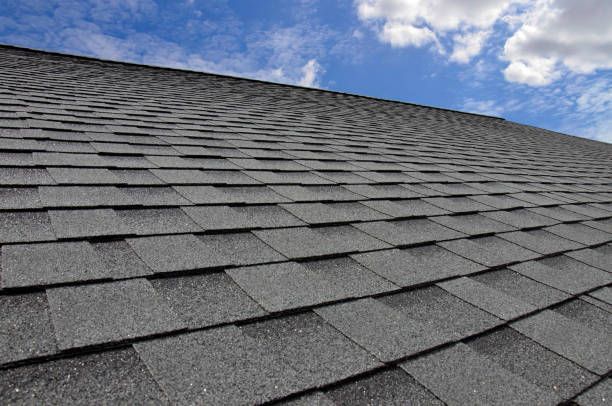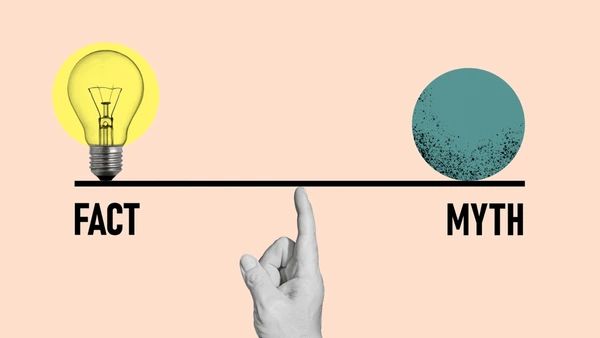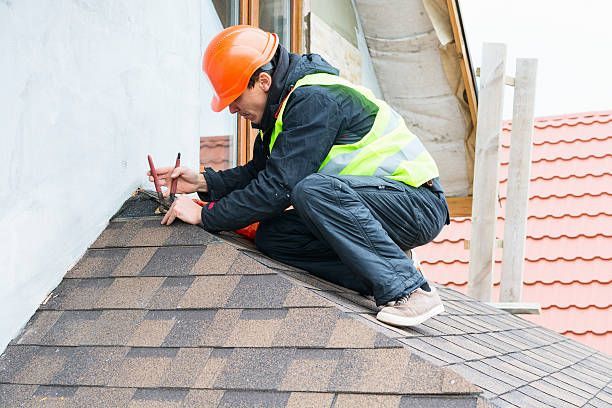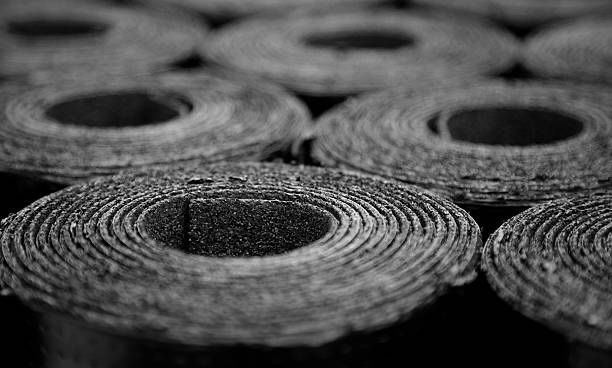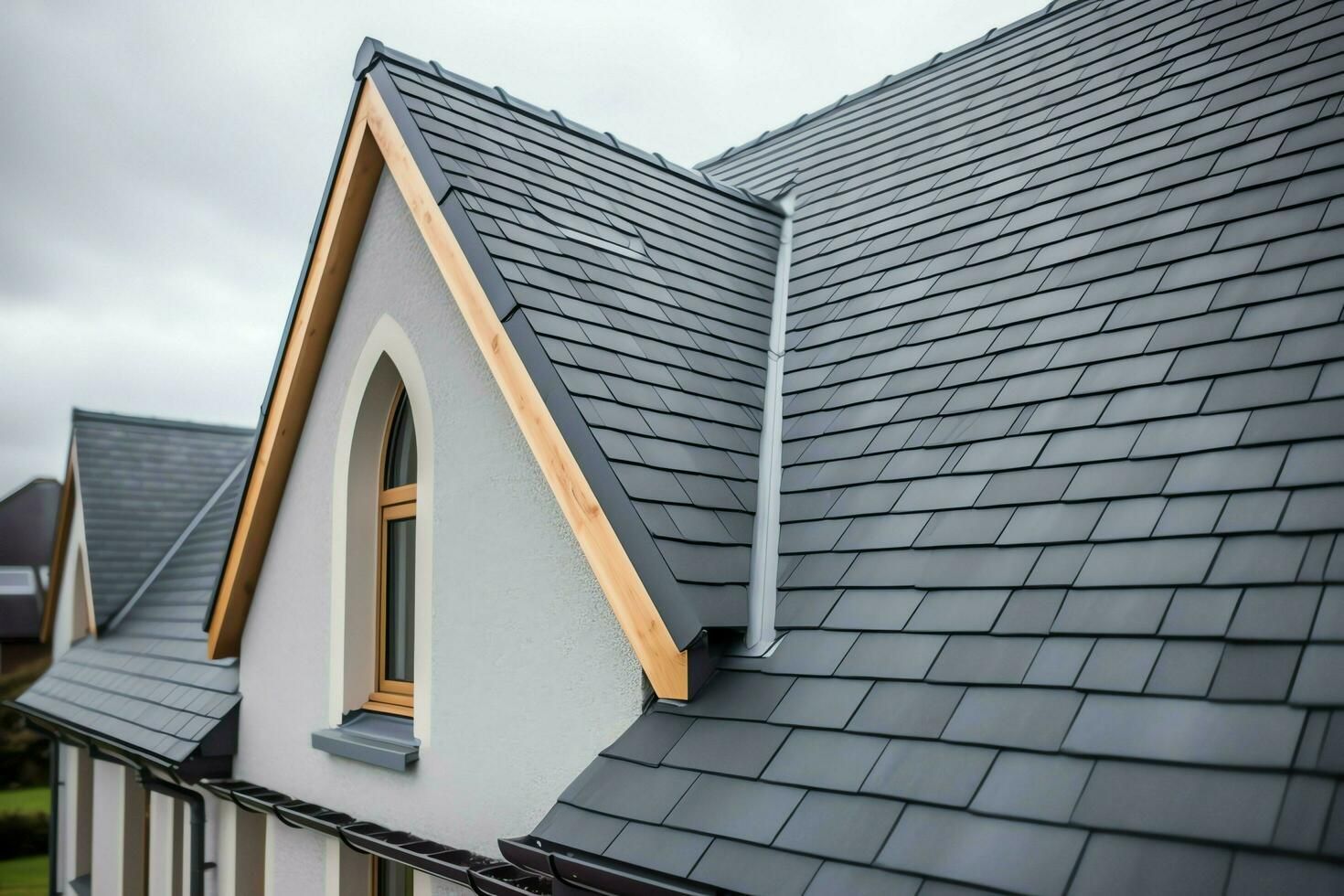Understanding Different Roof Pitch Types and Why They Matter
When it comes to designing or replacing a roof, one of the most important factors to consider is the roof pitch. The pitch, or slope, of a roof affects not only the look of a home but also its durability, drainage capabilities, and maintenance needs. In this blog, we’ll walk through the different types of roof pitches and why they matter for your home.
What is Roof Pitch?
The pitch of a roof is the angle or steepness of the roof slope. It is typically measured as a ratio of the vertical rise of the roof to the horizontal run. For example, a 6/12 roof pitch means the roof rises 6 inches for every 12 inches of horizontal distance.
Roof pitch is crucial because it affects:
- Water Drainage: Steeper pitches shed water and snow more effectively.
- Durability: The slope can influence how well the roof withstands weather and external elements.
- Aesthetic Appeal: Different pitches create varying architectural looks, which can impact the overall style of your home.
Types of Roof Pitches:
Let’s dive into the most common roof pitch types you’ll encounter:
1. Flat Roof (0/12 to 2/12 Pitch)
Despite the name, flat roofs aren’t completely flat—they usually have a slight slope (less than 2/12) to allow for water drainage. Flat roofs are most commonly found on modern homes and commercial buildings.
- Advantages:
- Cost-effective due to less material and easier installation.
- Creates space for rooftop amenities like solar panels, gardens, or HVAC systems.
- Disadvantages:
- Prone to water pooling and leaks if not maintained properly.
- Requires more frequent inspections and maintenance compared to pitched roofs.
2. Low-Slope Roof (2/12 to 4/12 Pitch)
Low-slope roofs offer a slight incline and are often seen in modern or contemporary designs. While not as flat as flat roofs, they still require careful attention to drainage and roofing materials.
- Advantages:
- Provides a sleek, modern look.
- Easier to walk on for maintenance and repairs.
- Disadvantages:
- May require specialized materials to prevent water leakage.
- Not as effective at shedding heavy snow or rain as steeper roofs.
3. Medium-Slope Roof (4/12 to 9/12 Pitch)
Medium-slope roofs are the most common type for residential homes, particularly in traditional styles. This pitch strikes a balance between aesthetics and functionality, making it ideal for a wide range of home designs.
- Advantages:
- Efficient drainage—water and snow run off easily.
- More durable against wind and weather.
- Provides an appealing, classic look that fits most architectural styles.
- Disadvantages:
- More difficult and costly to maintain compared to flat roofs.
- Limited access for rooftop equipment.
4. Steep-Slope Roof (9/12 Pitch and Above)
Steep-slope roofs are known for their dramatic appearance and are commonly found in Victorian, Gothic, or chalet-style homes. These roofs offer great weather protection but can be more difficult to install and maintain.
- Advantages:
- Excellent at shedding snow, ice, and water, reducing the risk of leaks.
- Provides extra attic space or vaulted ceilings in the interior.
- Visually striking, adding character and charm to homes.
- Disadvantages:
- Higher installation costs due to more labor and specialized materials.
- Can be challenging and dangerous to access for repairs or maintenance.
How Roof Pitch Affects Roofing Materials:
Roof pitch also impacts the types of roofing materials you can use. For instance:
- Flat or Low-Slope Roofs often require materials like rubber membranes, tar and gravel, or modified bitumen that are specifically designed to handle slower water drainage.
- Medium to Steep-Slope Roofs are compatible with a wider variety of materials, including asphalt shingles, metal roofing, tile, and slate. The steep slope allows water to drain quickly, so traditional shingles work well without additional waterproofing.
How to Choose the Right Pitch for Your Home
Choosing the right roof pitch for your home depends on several factors, including:
- Climate: In areas with heavy rain or snowfall, a steeper pitch is recommended to prevent water accumulation and snow buildup.
- Aesthetics: The pitch of your roof plays a big role in the architectural style of your home. Whether you prefer a sleek, modern look or a classic, timeless design, roof pitch will impact the visual appeal.
- Budget: The steeper the roof, the more complex the installation process, which can drive up costs. However, a steeper roof may offer longer-lasting protection, making it a better long-term investment.
- Local Building Codes: In some areas, local regulations or homeowner associations may dictate the allowable range for roof pitches.
Conclusion:
The pitch of your roof has a major impact on both the functionality and aesthetics of your home. Whether you’re designing a new home or replacing your roof, understanding the different types of roof pitches and how they affect everything from water drainage to material choices is key to making the right decision.
At Alexander’s Roofing, we’re experts in working with all roof types and pitches. We’ll help you determine the best pitch for your home based on your specific needs and style preferences. Whether you need a modern flat roof or a steep-slope design to handle tough weather conditions, we’ve got you covered!
Contact us today to schedule a consultation and learn more about how we can transform your roof into one that’s beautiful, durable, and built to last.
